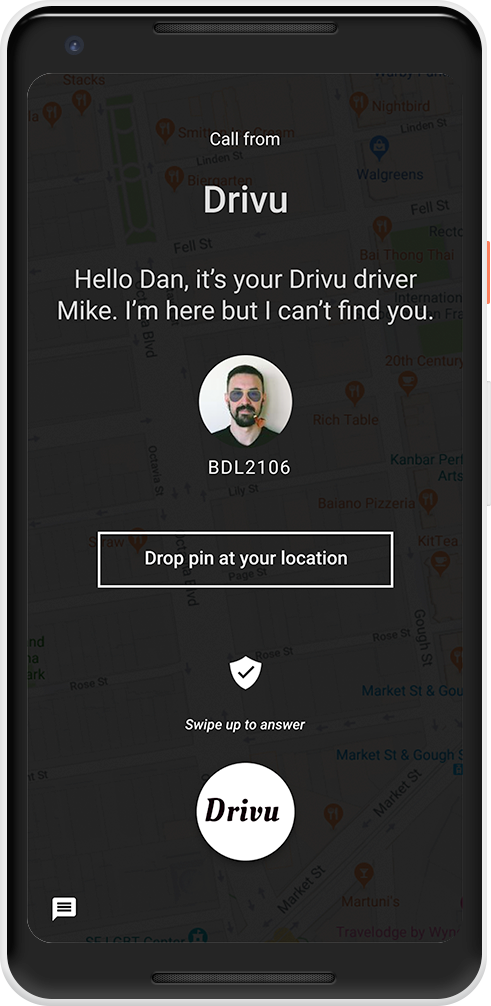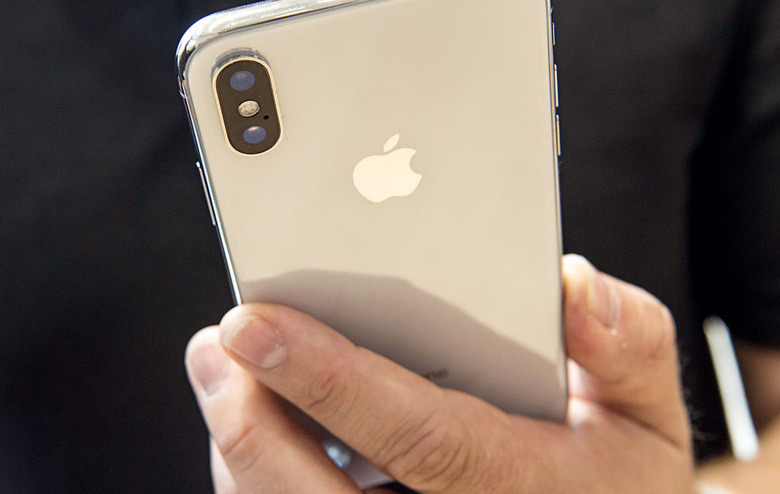This Extremely Detailed New Caller ID Makes It Harder For Robocallers To Trick You
By one measure, robocalls bombarded US smartphone owners with almost 50 billion calls last year. It's an out-of-control problem that's certainly part of the reason consumers seem to be answering their phones less than ever these days — especially with the rise of "spoofed" calls that use local numbers to mask a robocaller's identity. Which is why you probably won't be surprised to learn that First Orion, a provider of call protection and call enhancement solutions, predicts that almost half of all calls to mobile phones this year will fall into this category. And that consumers will let the vast majority of calls they get go unanswered.
Unanswered calls mean legitimate callers aren't connecting with who they're trying to reach, which is why First Orion announced today the company plans show off a solution to help with this problem next week at MWC in Barcelona. It's a product called "Engage" that can best be described as a kind of super-enhanced Caller ID solution — one that helps companies "brand" their outgoing calls and display rich media graphics so that it's easier for customers to distinguish between legitimate calls and fraudulent ones, and to actually pick up on the former.
Based on internal data, First Orion estimates businesses make about 8 billion legitimate calls to US consumers each month. Half of that number are concentrated within four industries, according to the company's data — in the areas of finance, telecommunications, retail and a variety of professional services. Often, calls from businesses in those categories are made to consumers who in many cases don't answer them because it's not readily apparently who or what is calling. The "Engage" solution would let businesses display lots of detail and graphics so the customer quickly sees it's a legitimate call and what its purpose is. A call from a rideshare service, for example, could show a customized graphic and announcement on the phone screen that tells the recipient this call is from your driver who's trying to reach you.The result would look like this: "We are all inundated with so many unwanted calls we've stopped answering the phone," said Scott Ballantyne, First Orion's chief marketing officer. "With Engage, consumers will confidently answer the phone again and businesses can effectively reach their customers, saving both sides time and money. At First Orion, our goal is to have every business call to consumers verified and branded by 2020."
"We are all inundated with so many unwanted calls we've stopped answering the phone," said Scott Ballantyne, First Orion's chief marketing officer. "With Engage, consumers will confidently answer the phone again and businesses can effectively reach their customers, saving both sides time and money. At First Orion, our goal is to have every business call to consumers verified and branded by 2020."
One reason such a product is even necessary in the first place is that robocalls have almost completely taken over a practice that's not necessarily all bad. The FCC, for example, issued a report about the robocall problem this month (relying in part on data from First Orion) to explain that such calls don't have to be entirely negative. That their ideal, in other words, has been twisted by scammy operators.
From the FCC's report: "Many legitimate businesses and institutions use robocalls to convey information their customers want in a cost-effective manner.
"Robocalls can reach large numbers of people quickly, making them particularly appealing for conveying time-sensitive information to large groups. For example, pharmacies notify patients when their medications need to be refilled; schools notify parents of delays or closings; utility companies notify customers of service interruptions; and banks notify customers of possible fraudulent activity on their accounts."
The "Engage" product is intended as a way to distinguish the businesses that use it — for purposes that include those listed above — from robocallers trying to trick you.
First Orion says "Engage" is now on tens of millions of mobile handsets, and the company wants to grow that number to "hundreds of millions" of mobile users by 2020. Promisingly, the company says early adopters of the technology have seen their call answer rates begin to double.
